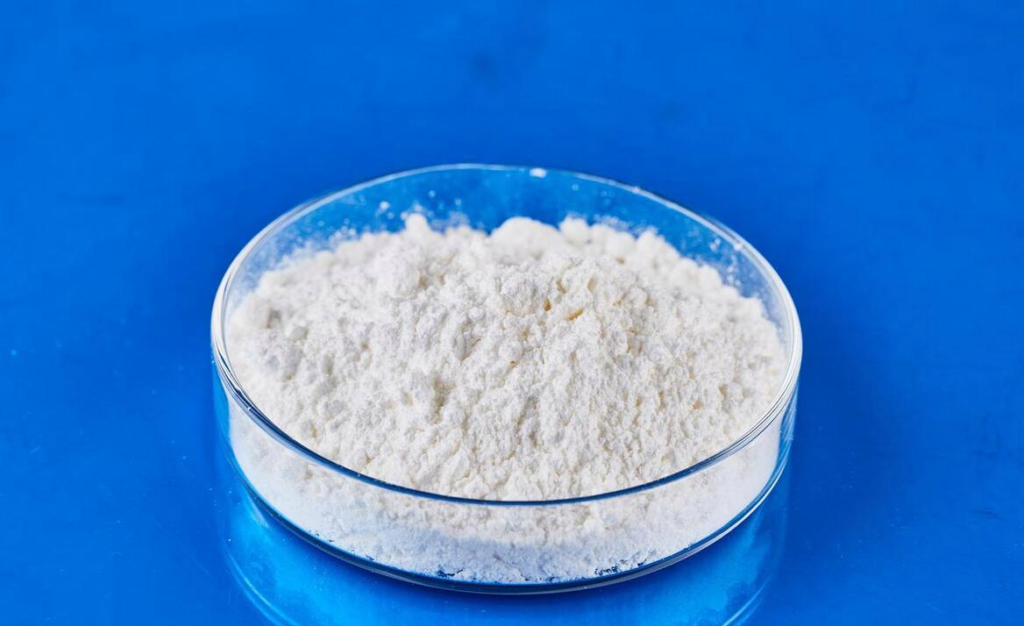Hebei Messi Biology Co., Ltd. stated that the hydromagnesite in Bange Lake, Tibet is white, needle-shaped, plate-shaped, about 0.2-0.5 cm long, and often forms radial aggregates. A single crystal is extended along the C axis, and the (010) cleavage is complete. The calculated specific gravity (according to D=(n-1)/K) is 2.313. After being measured with a microhardness tester, it is converted to an Eagle hardness of 4. Due to the small size of the crystal and its structural and tectonic limitations, it is difficult to conduct crystallographic research on it.

Under the microscope, it is plate-shaped, colorless, mainly positively elongated, biaxially positive, Ng=1.544±0.002, Nm=1.527±0.002, Np=1.526±0.002, Ng-Np=0.018, (+)2v=78°——90°, parallel extinction. It is basically similar to the optical constants of the mineral in the literature, except that twinning is not seen, and the ductility is also different. The phenomenon of missing twinning is not only seen by us, but also in the hydromagnesite in the Caucasus, Western Tuva and Ural in the Soviet Union.
As early as the 1950s, people had noticed that there was often a layer of white chemical sediments on the top of the Bangor Lake strata. Most scholars believe that it is a kind of calcium precipitation formed before the lake disappeared due to the shallowing of the lake and the increase of calcium concentration in the water. Since chemical sediments in lakes can often indicate the characteristics of the regional paleogeographic environment, in recent years, we have conducted in-depth microscopic analysis of this white chemical sediment to understand its main components and formation environment, so as to further reveal the evolution history of hydromagnesite.
